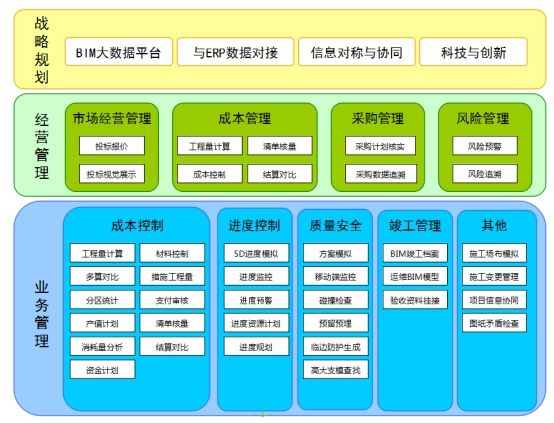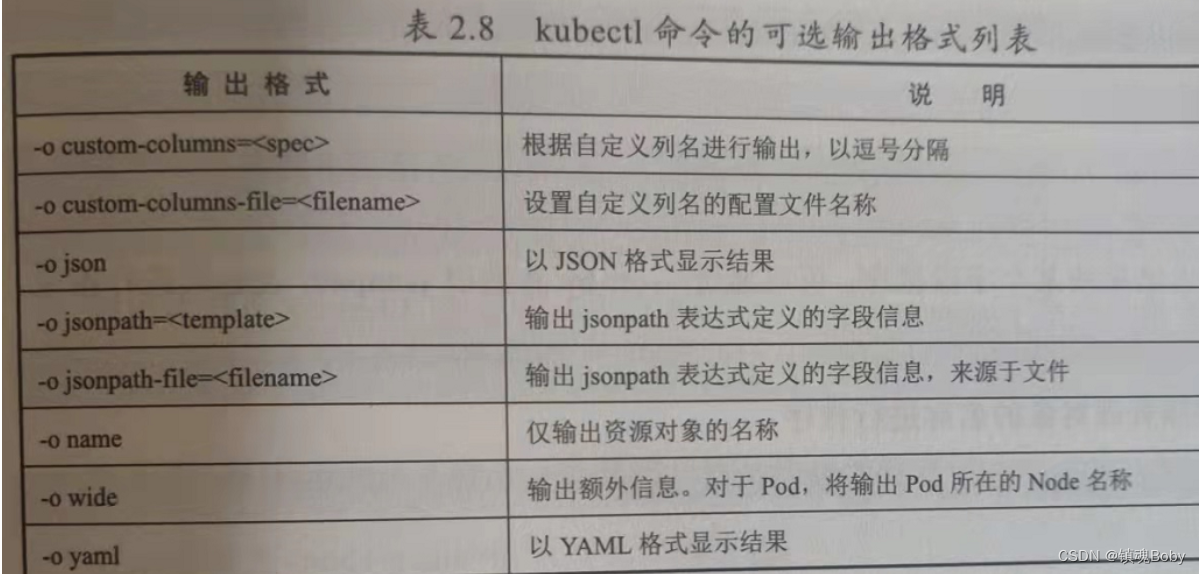PyTorch ConvTranspose2d 的定义与计算过程
1. CONVTRANSPOSE2D (ConvTranspose2d)
https://pytorch.org/docs/stable/generated/torch.nn.ConvTranspose2d.html
torch.nn.ConvTranspose2d(in_channels, out_channels, kernel_size, stride=1, padding=0, output_padding=0, groups=1, bias=True, dilation=1, padding_mode='zeros', device=None, dtype=None)
Applies a 2D transposed convolution operator over an input image composed of several input planes.
二维转置卷积运算符。
This module can be seen as the gradient of Conv2d with respect to its input. It is also known as a fractionally-strided convolution or a deconvolution (although it is not an actual deconvolution operation as it does not compute a true inverse of convolution).
该模块可以看作是 Conv2d 相对于其输入的梯度。它也被称为分数步长卷积或反卷积/逆卷积 (尽管它不是实际的反卷积/逆卷积操作,因为它不是卷积的逆向计算)。
gradient ['ɡreɪdiənt]:n. 倾斜度,梯度变化曲线 adj. 倾斜的,步行的
fractionally [ˈfrækʃənəli]:adv. 很小,很少
cross-correlation:互相关
the visualizations: https://github.com/vdumoulin/conv_arithmetic/blob/master/README.md
the paper: https://www.matthewzeiler.com/mattzeiler/deconvolutionalnetworks.pdf
This module supports TensorFloat32.
On certain ROCm devices, when using float16 inputs this module will use different precision for backward.
-
stridecontrols the stride for the cross-correlation.
步长。 -
paddingcontrols the amount of implicit zero padding on both sides fordilation * (kernel_size - 1) - paddingnumber of points. See note below for details. -
output_paddingcontrols the additional size added to one side of the output shape. See note below for details. -
dilationcontrols the spacing between the kernel points; also known as the à trous algorithm. It is harder to describe, but the link here has a nice visualization of whatdilationdoes.{groups_note}
The parameters kernel_size, stride, padding, output_padding can either be:
-
a single
int– in which case the same value is used for the height and width dimensions -
a
tupleof two ints – in which case, the firstintis used for the height dimension, and the secondintfor the width dimensionNote:
The :attr:paddingargument effectively addsdilation * (kernel_size - 1) - padding
amount of zero padding to both sizes of the input. This is set so that
when a :class:~torch.nn.Conv2dand a :class:~torch.nn.ConvTranspose2d
are initialized with same parameters, they are inverses of each other in
regard to the input and output shapes. However, whenstride > 1,
:class:~torch.nn.Conv2dmaps multiple input shapes to the same output
shape. :attr:output_paddingis provided to resolve this ambiguity by
effectively increasing the calculated output shape on one side. Note
that :attr:output_paddingis only used to find output shape, but does
not actually add zero-padding to output.Note:
{cudnn_reproducibility_note}
Parameters
-
in_channels (
int): Number of channels in the input image
输入的通道数。 -
out_channels (
int): Number of channels produced by the convolution
输出的通道数。 -
kernel_size (
intortuple): Size of the convolving kernel
卷积核的大小。 -
stride (
intortuple, optional): Stride of the convolution. Default: 1
卷积的步长。 -
padding (
intortuple, optional):dilation * (kernel_size - 1) - paddingzero-padding will be added to both sides of each dimension in the input. Default: 0 -
output_padding (
intortuple, optional): Additional size added to one side of each dimension in the output shape. Default: 0 -
groups (
int, optional): Number of blocked connections from input channels to output channels. Default: 1 -
bias (
bool, optional): IfTrue, adds a learnable bias to the output. Default:True
偏置。 -
dilation (
intortuple, optional): Spacing between kernel elements. Default: 1
Shape
- Input: (N,Cin,Hin,Win)(N, C_{in}, H_{in}, W_{in})(N,Cin,Hin,Win) or (Cin,Hin,Win)(C_{in}, H_{in}, W_{in})(Cin,Hin,Win)
- Output: (N,Cout,Hout,Wout)(N, C_{out}, H_{out}, W_{out})(N,Cout,Hout,Wout) or (Cout,Hout,Wout)(C_{out}, H_{out}, W_{out})(Cout,Hout,Wout), where
Hout=(Hin−1)×stride[0]−2×padding[0]+dilation[0]×(kernel_size[0]−1)+output_padding[0]+1H_{out} = (H_{in} - 1) \times \text{stride}[0] - 2 \times \text{padding}[0] + \text{dilation}[0] \times (\text{kernel\_size}[0] - 1) + \text{output\_padding}[0] + 1Hout=(Hin−1)×stride[0]−2×padding[0]+dilation[0]×(kernel_size[0]−1)+output_padding[0]+1
Wout=(Win−1)×stride[1]−2×padding[1]+dilation[1]×(kernel_size[1]−1)+output_padding[1]+1W_{out} = (W_{in} - 1) \times \text{stride}[1] - 2 \times \text{padding}[1] + \text{dilation}[1] \times (\text{kernel\_size}[1] - 1) + \text{output\_padding}[1] + 1Wout=(Win−1)×stride[1]−2×padding[1]+dilation[1]×(kernel_size[1]−1)+output_padding[1]+1
Variables
- weight (
Tensor): the learnable weights of the module of shape
(in_channels,out_channelsgroups,kernel_size[0],kernel_size[1])(\text{in\_channels}, \frac{\text{out\_channels}}{\text{groups}}, \text{kernel\_size[0]}, \text{kernel\_size[1]})(in_channels,groupsout_channels,kernel_size[0],kernel_size[1]). The values of these weights are sampled from U(−k,k)\mathcal{U}(-\sqrt{k}, \sqrt{k})U(−k,k) where k=groupsCout∗∏i=01kernel_size[i]k = \frac{groups}{C_\text{out} * \prod_{i=0}^{1}\text{kernel\_size}[i]}k=Cout∗∏i=01kernel_size[i]groups - bias (
Tensor): the learnable bias of the module of shape (out_channels)(\text{out\_channels})(out_channels). IfbiasisTrue, then the values of these weights are sampled from U(−k,k)\mathcal{U}(-\sqrt{k}, \sqrt{k})U(−k,k) where k=groupsCout∗∏i=01kernel_size[i]k = \frac{groups}{C_\text{out} * \prod_{i=0}^{1}\text{kernel\_size}[i]}k=Cout∗∏i=01kernel_size[i]groups
Examples::
>>> # With square kernels and equal stride>>> m = nn.ConvTranspose2d(16, 33, 3, stride=2)>>> # non-square kernels and unequal stride and with padding>>> m = nn.ConvTranspose2d(16, 33, (3, 5), stride=(2, 1), padding=(4, 2))>>> input = torch.randn(20, 16, 50, 100)>>> output = m(input)>>> # exact output size can be also specified as an argument>>> input = torch.randn(1, 16, 12, 12)>>> downsample = nn.Conv2d(16, 16, 3, stride=2, padding=1)>>> upsample = nn.ConvTranspose2d(16, 16, 3, stride=2, padding=1)>>> h = downsample(input)>>> h.size()torch.Size([1, 16, 6, 6])>>> output = upsample(h, output_size=input.size())>>> output.size()torch.Size([1, 16, 12, 12])
References
https://yongqiang.blog.csdn.net/

![[网络工程师]-应用层协议-电子邮件协议](https://img-blog.csdnimg.cn/6ce8a50a22d44104ac77874050b3f9ad.png)

![[ vulhub漏洞复现篇 ] Apache Solr RemoteStreaming 文件读取与SSRF漏洞 (CVE-2021-27905)](https://img-blog.csdnimg.cn/28832ea87c804360b84daca5bde7768e.png)
![[附源码]Python计算机毕业设计Django实验室管理系统](https://img-blog.csdnimg.cn/c627eb2281b94875a02a71f127d3c792.png)

